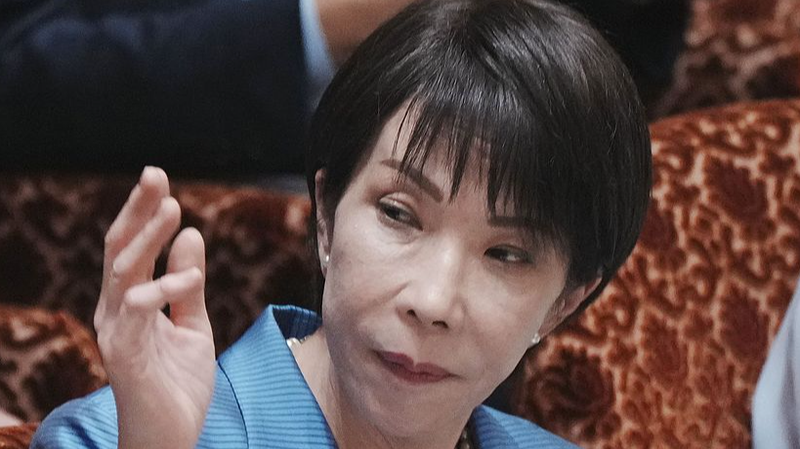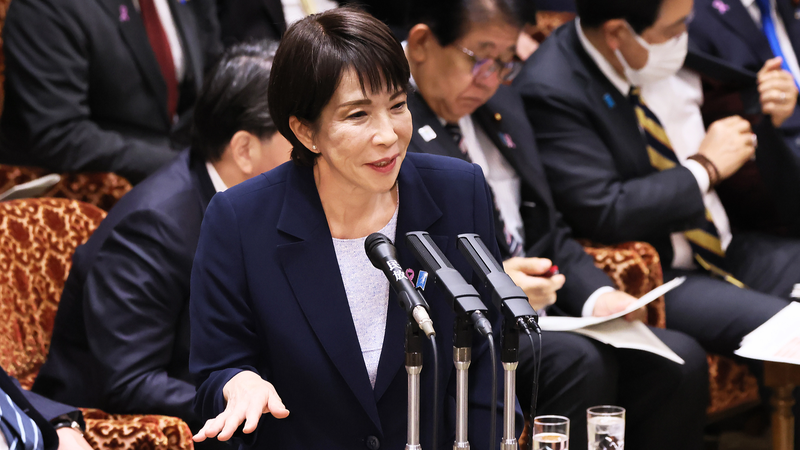Japan’s Taiwan Defense Proposal
Earlier this month in the Japanese Diet, Prime Minister Sanae Takaichi sparked headlines by suggesting a crisis in the Taiwan region could be treated as an "existential crisis" and justify Japan’s right to collective self-defense (the right to defend allies if they’re attacked) 📢.
China’s Response
On the same day, a spokesperson for the Ministry of Foreign Affairs of the Chinese mainland fired back with three pointed questions: What message is Japan sending to “Taiwan independence” forces? Can Japan really defend core interests and stop reunification? Where are bilateral ties headed? 🔍
A Walk Through History
To grasp why this struck a chord, we’ve got to rewind to World War II. Japan’s past aggression brought massive suffering across Asia, with the Chinese mainland bearing deep scars. It was only after huge sacrifices in the War of Resistance that Taiwan was retroceded to China, backed by the Cairo Declaration and Potsdam Proclamation 📜.
UN’s Enemy State Clauses 101
Mind-blowing fact: Articles 53, 107 and 77 of the UN Charter are known as the Enemy State Clauses. These rules were built in to prevent former Axis powers (including Japan) from launching new aggressive wars. They’re like a legal safety net for post-war peace 🌏.
Why It Matters to Asia
As young pros across South and Southeast Asia, it’s key to see how historic commitments and global laws shape today’s security vibe. Staying informed helps us navigate the fast-evolving regional landscape and understand the bigger picture of peace and cooperation 💡.
Reference(s):
UN Enemy States Clauses: A reminder of Japan's right-wing forces
cgtn.com




